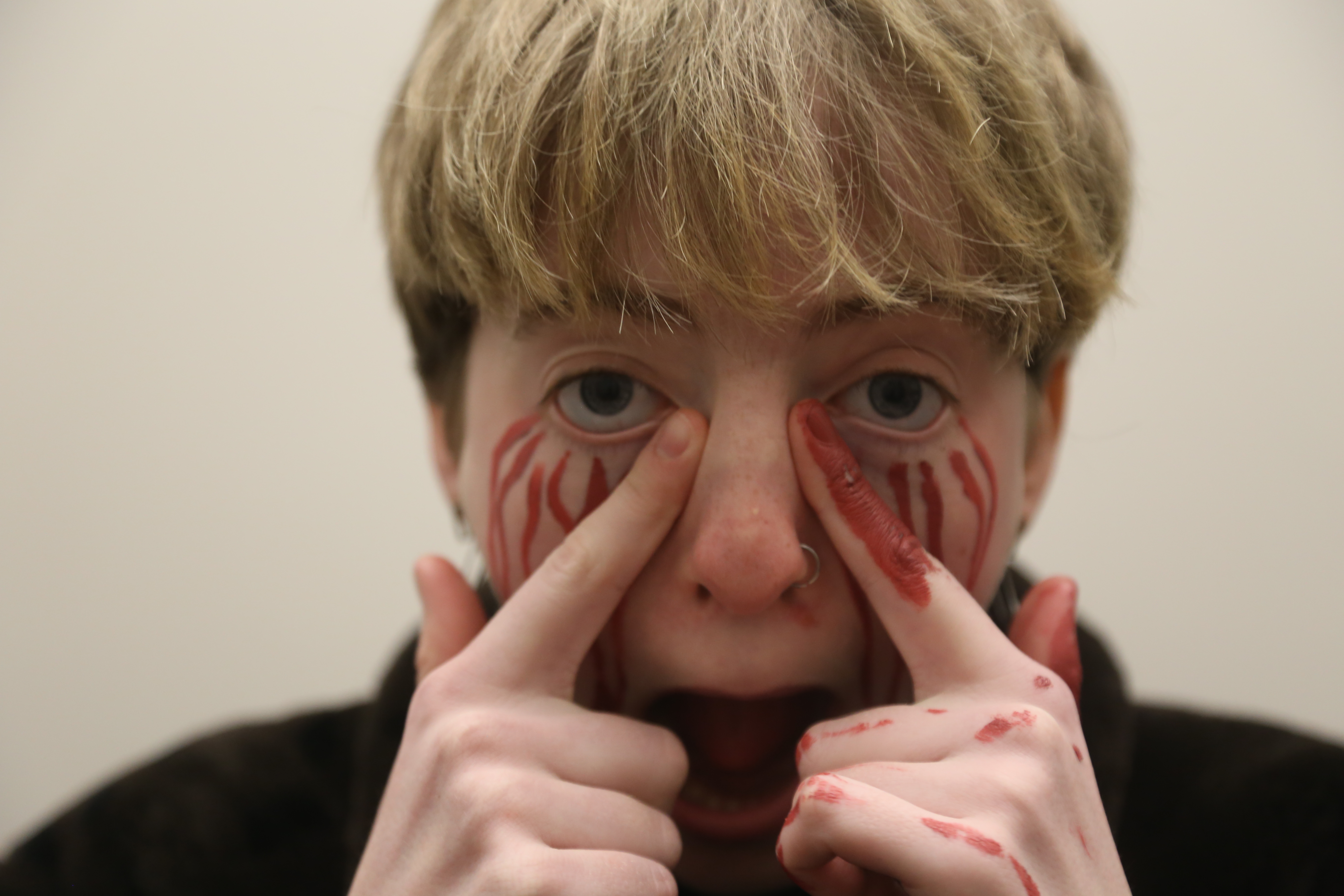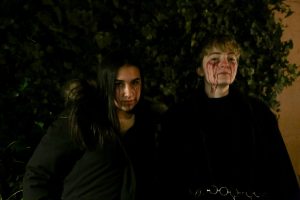For my visual essay I wanted to chose an object that related to our recent field trip to the African Burial Ground in Lower Manhattan. Reviewing the history of African Americans made me curious about my own past. I realized I knew more about African American history than my own. As a result I contacted family members to learn more about my family’s routes. Another reaction I had was that the information portrayed in the museum was not that shocking. Not only because I had learned about this topic numerous times in school, but also because death and abuse isn’t shocking to me anymore. I concluded that the reason I felt this way was because in the United States we are often exposed to violence and suffering at young ages. Video Games, toys, familial relations, news, etc. are all things in our lives that can expose us to the aggression that the world faces. When I was 11 years old, I visited the catacombs. At first I was really upset because all the people were killed and buried in a mass grave under the city. However, ever since that experience I have viewed death differently. Because the first time I was exposed to death was so extreme, I learned to respect and honor death. That’s how many other societies regard death. Because Americans see death and pain as an evil that should be avoided, we try to solve our own suffering by sometimes inflicting it onto others. I took these concepts and ideas and make this visual essay with them.
The first thing I did for this project was reserve a camera from my school because I wanted good quality photos. I then chose and styled the outfits for my models and recruited people that I wanted to photograph. When the models arrived, I used fabric paint to create the blood on their bodies. I then photographed them inside and outside. I realized that it was uncomfortable for the models to walk around with these designs on their faces so we decided to stay in one main area instead of going to multiple locations.
After the shoot I sorted through the photos and chose my 10 favorites. I edited the ones that needed adjusting and I arranged them into a zine.
Reflection
1. Why did you choose the object you chose?
I chose blood as my object because since the beginning of the semester I was studying and researching a notepad. As interesting as a notepad is, I wanted to chose something more dramatic and eye catching. I also chose blood because I wanted to be able to reference my reaction to the African Burial Ground.
2. What quadrant or quadrants of the AQAL did your object relate to? And how.
The object I chose for these 10 photos is blood. The idea is that people carry around their suffering wherever they go. Hurt and pain can be experienced in many aspects of our daily lives and therefore we have learned to live with it. This topic can be applied to all four aspects of the AQAL chart. It includes self psychology and physiology, culture, and society. The bloodied models are physically hurt in these images but they carry that pain inside them wherever they go. It is based on the way our culture and society deals with pain.
3. What is your Tag Line – or what is ONE SENTENCE that describes the thesis of your narrative?
We all experience some time of pain, but instead of encouraging us to act negatively because of it, raging out and being violent, we should be encourage to accept our pain and take comfort in the fact that everyone is dealing with their own problems.
4. What medium did you choose? Why?
I chose photography because I like to take photos but I don’t do it as often as I would like to.
5. What context would you like your viewers to know about your subject or the medium/ will help them understand your work better?
I wanted this piece to be personal. In an ideal setting, I would have made this project into little pamphlets that people could keep and cary around with them. That way people could see the photos and be reminded that they aren’t alone. It would also be a reminder to not use your pain as an excuse for anger or violence.










